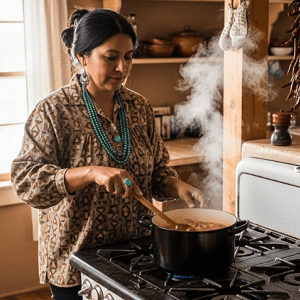Native communities in the United States continue to face the highest rates of diabetes and related complications of any ethnic group. Nearly 15% of Native people have some form of diabetes, with some populations, like the Pima Nation in Arizona, reporting rates over 50%—the highest in the world. Dr. Valarie Blue Bird Jernigan, director of the Center for Indigenous Health Research and Policy, attributes this crisis to systemic issues like food insecurity, poverty, and limited access to healthcare and exercise.
“In order to really address diabetes, we have to address the environment that our community members live in,” Jernigan said. Historical trauma, forced relocation, and loss of traditional diets have left Native communities dependent on processed Western foods, increasing their risk of diabetes. Native people who consume traditional diets are 2.5 times less likely to develop diabetes than those who rely on Western foods.
Discrimination in healthcare further compounds the issue. Nearly a quarter of Native respondents in one survey reported experiencing discrimination in medical settings, and many avoid care altogether. Despite these challenges, Native-led initiatives like the Special Diabetes Program for Indians and the Navajo Nation Special Diabetes Project have made progress. From 2013 to 2017, diabetes prevalence dropped by 5.2%, and related deaths and hospitalizations declined.
Jernigan remains hopeful. “It feels like something that is preventable,” she said. But she warns, “We still have a long way to go.”
See: “Diabetes in Native Communities in the US” (October 14, 2021)


